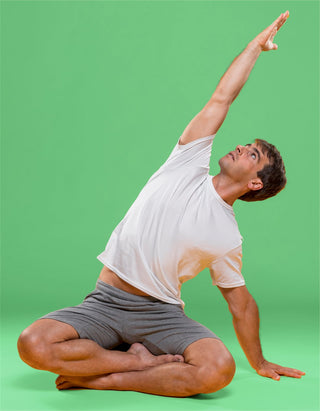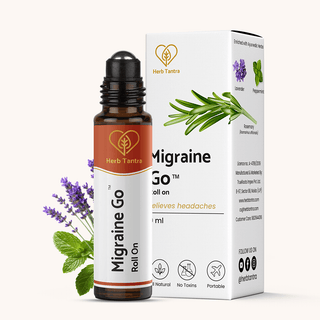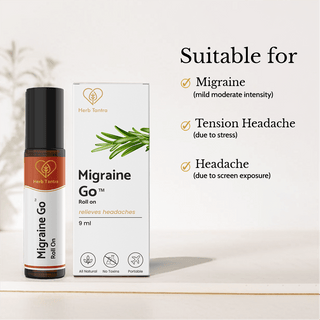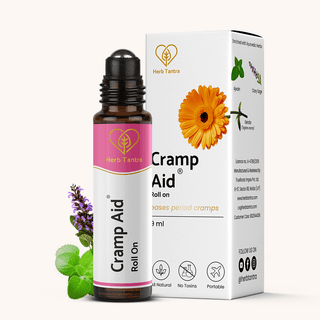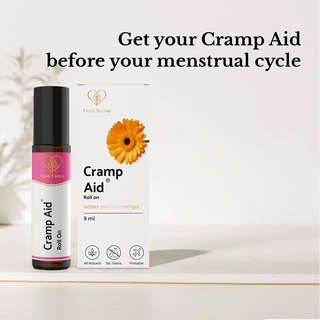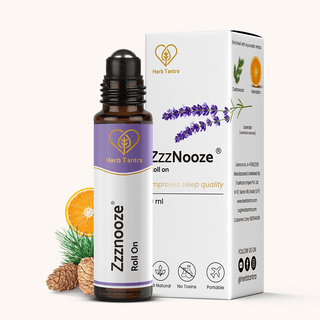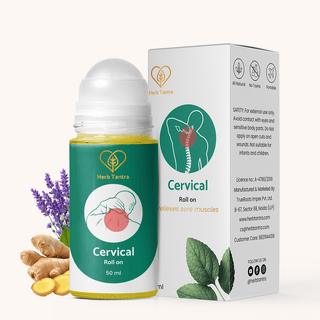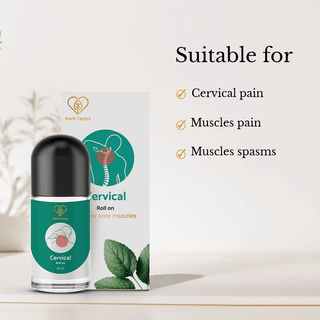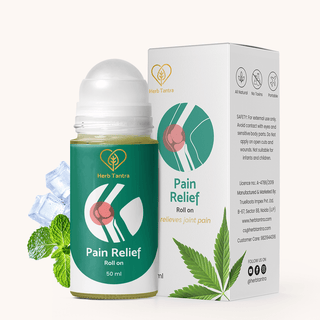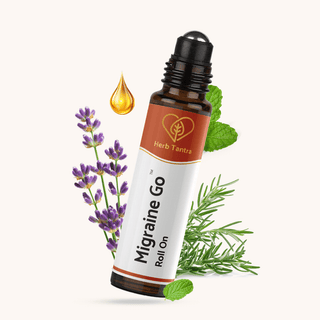Introduction
Have you ever woken up unable to turn your head? Or finished a workday with a stiff, aching neck that radiates pain down to your shoulders? You're not alone. Cervical pain has become increasingly common in our modern world, affecting an estimated 30-50% of adults annually, according to recent studies published in the Journal of Pain Research.
The concerning part? Many of us have normalized this discomfort, accepting it as an inevitable part of aging or working life. But cervical pain isn't something you should simply "live with" – it's often your body's signal that something needs attention. This comprehensive guide will walk you through everything you need to know about cervical pain – from identifying common causes to exploring effective treatment option
What Is Cervical Pain?
Cervical pain refers to discomfort in the neck region, specifically involving the cervical spine – the seven vertebrae (C1-C7) that form the top portion of your spinal column. These vertebrae, along with surrounding muscles, ligaments, and nerves, support your head (which weighs approximately 10-12 pounds) and allow for its movement.
|
Condition |
Description |
|
Cervical strain/sprain |
Overstretching or tearing of muscles and ligaments in the neck |
|
Cervical spondylosis |
Age-related wear and tear on spinal discs and joints |
|
Cervical radiculopathy |
Compression or inflammation of nerve roots, often referred to as a "pinched nerve" |
|
Cervical disc herniation |
Damage or displacement of the cushioning discs between vertebrae |
|
Cervical stenosis |
Narrowing of the spinal canal that houses the spinal cord |
When people talk about "neck pain," they're typically referring to cervical pain. This discomfort can range from mild stiffness to debilitating pain that interferes with daily activities. It can be:
- Acute: Sudden onset, often resulting from specific incidents
- Chronic: Persistent pain lasting more than three months
- Localized: Confined to the neck area
- Radiating: Extending to shoulders, arms, or upper back
Understanding the specific nature of your cervical pain is crucial for identifying effective treatment approaches.
Common Causes of Cervical Pain
Poor Posture and Modern Lifestyle
One of the most prevalent causes of cervical pain in today's world is poor posture. According to research from the National Institute of Occupational Health and Safety, the average office worker spends 5-8 hours daily in a seated position, often with suboptimal neck positioning.
When you maintain a forward head posture (with your head positioned in front of your shoulders rather than aligned above them), every inch of forward positioning adds approximately 10 pounds of pressure to your cervical spine. This creates enormous strain on the neck muscles and ligaments.
Common postural issues include:
- Forward head positioning while working at computers
- Slouching when sitting
- Hunching over during daily activities
- Improper ergonomics at workstations
These seemingly minor habits accumulate stress on your cervical structures over time, often resulting in chronic pain patterns.
Technology Use and "Text Neck"
A 2019 study in the spine journal introduced the term "text neck" to describe the increasing prevalence of cervical pain related to mobile device usage. When you look down at your smartphone, tablet, or laptop, your neck flexes forward, creating angles that dramatically increase the effective weight your cervical spine must support.
Consider these surprising statistics:
- The average person checks their phone 96 times daily (approximately once every 10 minutes)
- Most users tilt their heads at a 45-60 degree angle when checking devices
- At a 60-degree angle, the effective weight on your cervical spine can reach 60 pounds
This repeated stress from technology use has contributed to cervical pain becoming increasingly common among younger demographics – even teenagers and children now report neck pain at higher rates than previous generations.
Injuries and Trauma
Sudden injuries represent another significant cause of cervical pain. These can include:
- Whiplash: Common in car accidents, whiplash occurs when the head is forcefully jerked backward and then forward, injuring the soft tissues of the neck.
- Sports injuries: Contact sports or activities with falling risks can lead to neck strains or sprains.
- Lifting injuries: Improper lifting technique can strain neck muscles, especially when lifting heavy objects.
- Sleep-related injuries: Sometimes, something as simple as sleeping in an awkward position can trigger acute cervical pain.
Stress and Muscle Tension
The mind-body connection plays a significant role in cervical health. Psychological stress consistently ranks among the top contributors to neck pain. When you experience stress, your body naturally tenses muscles, particularly in the neck and shoulders – a physiological response often called "bearing the weight of the world on your shoulders."
Research published in the Journal of Psychosomatic Research demonstrates that individuals with high stress levels are nearly three times more likely to develop chronic neck pain than those with lower stress levels. This tension can create a vicious cycle:
- Stress leads to muscle tension in the neck
- Tension causes discomfort and pain
- Pain increases stress levels
- The cycle continues, potentially leading to chronic conditions
Age-Related Changes
As we age, natural degenerative processes affect our cervical spine. By age 50, over 85% of people show some evidence of cervical disc degeneration on imaging studies, even if they don't experience symptoms.
Common age-related changes include:
- Cervical spondylosis: General wear and tear on spinal discs and joints
- Degenerative disc disease: Loss of cushioning between vertebrae
- Spinal stenosis: Narrowing of spaces within the spine
- Osteoarthritis: Breakdown of cartilage in joints
While aging is inevitable, the severity of these changes – and whether they cause pain – varies significantly based on genetics, lifestyle factors, and how proactively we care for our cervical health.
Signs and Symptoms You Shouldn't Ignore
Cervical pain manifests differently for each person, but common symptoms include:
- Pain and stiffness: Discomfort that may worsen with movement
- Reduced range of motion: Difficulty turning your head or looking up/down
- Headaches: Particularly those that start at the base of the skull
- Shoulder and arm pain: Discomfort that radiates from the neck
- Numbness or tingling: Sensations that may extend into the arms or hands
- Weakness: Difficulty with certain movements or reduced grip strength
- Dizziness or balance issues: Particularly when turning the head
The location and nature of these symptoms often provide clues about the underlying cause of your cervical pain.
Effective Treatments for Cervical Pain
Physical Therapy
Physical therapy serves as a cornerstone for cervical pain management, with structured programs demonstrating significant effectiveness in clinical studies. Sessions typically begin with professional guidance 2-3 times weekly, then transition to home exercises as you master techniques. These programs focus on strengthening deep neck flexors, improving posture, and enhancing flexibility—all crucial for long-term relief.
Medication Approaches
Comparison of Common Pain Medications for Cervical Pain
|
Medication Type |
Benefits |
Considerations |
Best For |
|
NSAIDs (ibuprofen, naproxen) |
Reduces both pain and inflammation |
Potential stomach irritation; not for long-term use |
Acute pain with inflammation |
|
Acetaminophen |
General pain relief |
Doesn't address inflammation; liver concerns with overuse |
Mild pain without significant inflammation |
|
Muscle Relaxants |
Reduces muscle spasms |
May cause drowsiness; typically short-term use |
Pain with notable muscle spasm |
|
Prescription Pain Relievers |
Stronger relief for severe pain |
Risk of dependency; side effects |
Short-term use for severe, unmanageable pain |
Manual Therapy Options
Several hands-on approaches have demonstrated effectiveness for cervical pain:
- Massage Therapy – Loosens tight muscles and improves circulation, with studies showing 30–60-minute sessions can reduce pain intensity by 30-45% for many patients.
- Spinal Manipulation – Performed by chiropractors or osteopaths to improve range of motion and realign the spine, with greatest evidence for subacute and chronic neck pain with mechanical origin.
- Acupuncture – A 2016 meta-analysis found acupuncture provided significant pain relief compared to sham treatments for chronic neck pain, with effects lasting up to 12 weeks post-treatment.
Ayurvedic Wisdom for Cervical Health
Long before MRIs and modern diagnostics, Ayurvedic practitioners developed sophisticated understanding of cervical health. This 5,000-year-old medical system recognizes three fundamental energies (doshas) that govern health:
- Vata: Governing movement and nervous system function
- Pitta: Governing metabolism and inflammation
- Kapha: Governing structure and stability
In Ayurvedic understanding, most cervical issues involve imbalances in one or more of these doshas:
- Vata imbalance: Creates cracking, popping, and acute shooting pains
- Pitta imbalance: Manifests as inflammation, burning sensations, and heat
- Kapha imbalance: Results in stiffness, swelling, and dull, heavy aches
Traditional Ayurvedic therapies for cervical issues include:
- Abhyanga: Specialized oil massage to release muscle tension
- Swedana: Therapeutic sweating to release toxins and increase circulation
- Nasya: Nasal administration of herbal oils to balance cranial energies
- Herbal formulations: Using plants like ginger, turmeric, and boswellia
- Marma therapy: Pressure point treatments to release energy blockages
Herb Tantra's Approach to Cervical Relief
Herb tantra's Cervical Roll-On provides targeted relief specifically formulated for neck and upper back tension. This innovative product combines ancient Ayurvedic wisdom with modern scientific understanding to address the unique challenges of cervical discomfort.
The roll-on features a powerful blend of natural ingredients including nutmeg and ginger essential oils, which work together to enhance circulation and relax tight muscles in the cervical region. Lavandula stoechas (Lavender) oil helps relieve cervical pain by reducing inflammation and relaxing tense neck muscles. Its calming aroma also eases stress, which can contribute to muscle tension.
Conclusion
Cervical pain doesn't have to dictate your daily life or limit your activities. As we've explored throughout this article, understanding the root causes—whether from digital habits, stress, poor posture, or aging—is the first step toward finding effective relief. While conventional treatments have their place, natural approaches offer powerful alternatives without unwanted side effects.
Try incorporating one of herb tantra's natural roll-ons into your daily routine, particularly after long periods at your desk or when waking with morning stiffness. Your cervical health journey begins with one simple application—and leads to a future where neck pain no longer limits your potential.
FAQs
Q1: What causes cervical pain?
Cervical pain commonly results from poor posture (especially during computer or phone use), muscle strain, and wear-and-tear on spinal discs and joints. Other causes include injuries like whiplash, stress-induced muscle tension, herniated discs, and age-related degenerative changes such as cervical spondylosis.
Q2: What is the best treatment for neck pain?
The most effective approach typically combines multiple treatments rather than a single method. A comprehensive plan usually includes targeted exercises to strengthen neck muscles, proper posture correction, appropriate rest, topical pain relievers (like Herb Tantra's roll-ons), and stress management techniques. Severe or persistent cases may require professional medical intervention.
Q3: Does cervical neck pain go away?
Most episodes of cervical pain resolve within 3-6 weeks with appropriate self-care and treatment. Acute pain from muscle strain typically improves within days to weeks, while pain from injuries might take longer. Chronic conditions like cervical spondylosis may require ongoing management but symptoms can still be effectively controlled with proper care.
Q4: How can I prevent cervical pain recurrence?
Prevention involves maintaining proper posture (especially when using electronic devices), taking regular breaks from prolonged sitting, strengthening neck muscles through targeted exercises, using ergonomic furniture, managing stress effectively, and staying hydrated. Applying Herb Tantra's roll-ons preemptively during high-risk activities can also help prevent tension buildup.
Q5: When should I see a doctor about neck pain?
Seek medical attention if your neck pain follows an injury or accident, persists beyond 1-2 weeks despite self-care, radiates down your arms with numbness or weakness, is accompanied by headaches and fever, interferes with daily activities, or causes difficulty with coordination or bladder/bowel control. These symptoms may indicate more serious underlying conditions requiring professional assessment.


